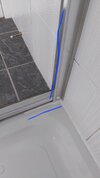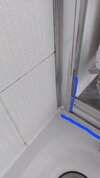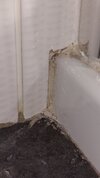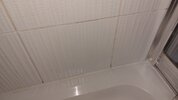My shower unit is leaking small amounts of water at both bottom corners next to the tiled walls on the outside of the unit.
It's only really noticeable if you touch the grout at the bottom with tissue after use and it is damp, but not causing water to spill on the floor or anything.
I think it might be because there are tiny gaps above this area on the inside of the shower unit between the tiles (which are textured so not perfectly flat/smooth) and where the unit is attached to the wall.
They are tiny gaps on both sides which doesn't look to have silicone and I'm not sure if I can actually silicone such small gaps.
I was thinking of using some kind of water proof strong tape (like gorilla tape) all the way up to seal the corners from the inside between the tiles and the unit.
Just wondering if I'm on the right track here or if I should be considering different causes and/or solutions?
Would appreciate some help with this, thanks.

It's only really noticeable if you touch the grout at the bottom with tissue after use and it is damp, but not causing water to spill on the floor or anything.
I think it might be because there are tiny gaps above this area on the inside of the shower unit between the tiles (which are textured so not perfectly flat/smooth) and where the unit is attached to the wall.
They are tiny gaps on both sides which doesn't look to have silicone and I'm not sure if I can actually silicone such small gaps.
I was thinking of using some kind of water proof strong tape (like gorilla tape) all the way up to seal the corners from the inside between the tiles and the unit.
Just wondering if I'm on the right track here or if I should be considering different causes and/or solutions?
Would appreciate some help with this, thanks.
Attachments
-
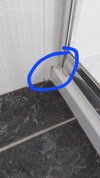 20220807_182308.jpg229.5 KB · Views: 87
20220807_182308.jpg229.5 KB · Views: 87 -
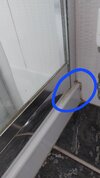 20220807_182327.jpg152.9 KB · Views: 95
20220807_182327.jpg152.9 KB · Views: 95 -
 20220806_121822.jpg145.4 KB · Views: 92
20220806_121822.jpg145.4 KB · Views: 92 -
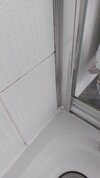 20220806_121829.jpg111.2 KB · Views: 83
20220806_121829.jpg111.2 KB · Views: 83 -
 20220806_121835.jpg99.9 KB · Views: 95
20220806_121835.jpg99.9 KB · Views: 95 -
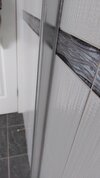 20220806_121846.jpg135.8 KB · Views: 82
20220806_121846.jpg135.8 KB · Views: 82 -
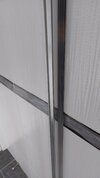 20220806_121905.jpg140.1 KB · Views: 83
20220806_121905.jpg140.1 KB · Views: 83 -
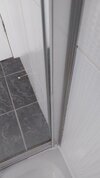 20220806_121911.jpg131.6 KB · Views: 72
20220806_121911.jpg131.6 KB · Views: 72


